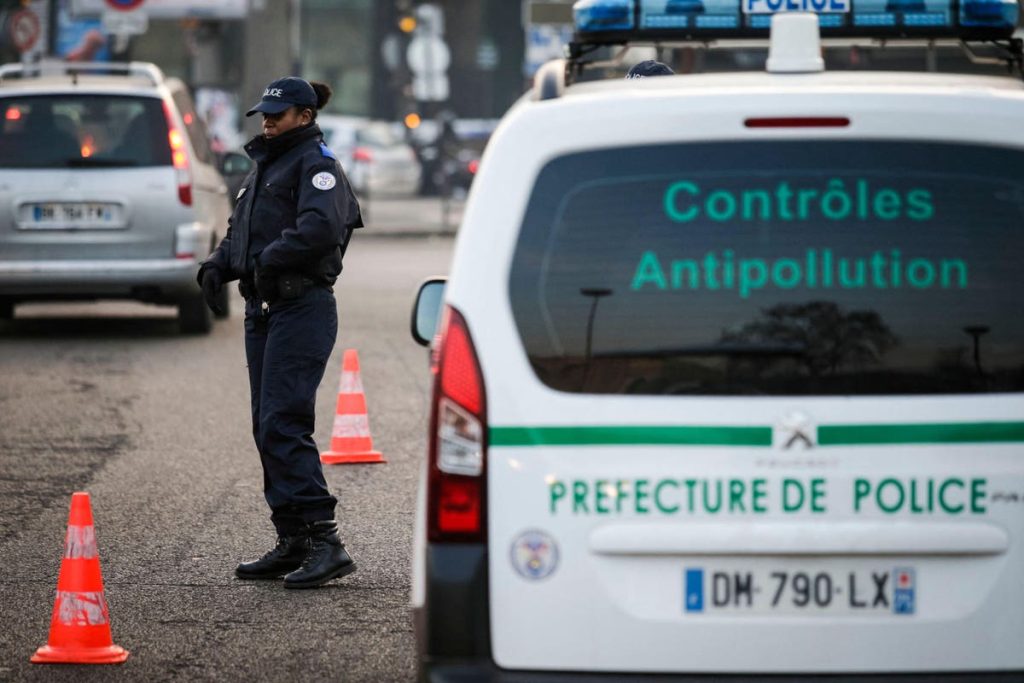The expansion of London’s ultra low emission zone (ULEZ) to Greater London starts today. London Mayor Sadiq Khan has come under intense pressure to delay or stop the scheme but he has held firm. He is not alone: urban political leaders around the world have introduced similar air quality control schemes, although London’s is now the largest.
Khan’s scheme expands the charging scheme outwards to the car-dense suburbs. London’s original ULEZ scheme was mooted in 2015 when Boris Johnson was London Mayor. Subsequently introduced by Khan in April 2019 it encompassed Central London only. Khan expanded the scheme to surrounding boroughs in October 2021 by enlarging the charging zone to cover the area between the North and South Circular roads.
In November last year Khan announced that the ULEZ would expand again on 29 August 2023, to cover all London boroughs. His decision was subject to a judicial review brought by five Conservative-led councils but the High court dismissed their case in July this year.
London’s charge of $15.75 per day for driving into the emission zone with a non-compliant motor vehicle looks reasonable against the charges in cities such as Glasgow and Paris where the fines are higher.
Glasgow has enforced a Low Emission Zone (LEZ) within the city center since June with drivers entering the zone with a non-compliant car subject to an eventual fine of $75 once the scheme has been running for several months.
The French Clean Air Act (CRIT’Air) for Paris, introduced in 2017, applies to all areas inside the Boulevard Périphérique freeway ring and drivers of non-compliant motor vehicles risk an on-the-spot fine of up to $146.
Other cities with low emissions zone include Madrid in Spain, in operation since 2022, and Milan in Italy which has a weekday-day only scheme. Oslo and Stockholm also have low emission zones as do Athens, Beijing and Mexico City.
Elsewhere in the U.K. there are also clean air zones—with varying fees—in Bath, Birmingham, Bradford, Bristol and Portsmouth. Buses, coaches and heavy goods vehicles are charged $126 to enter Bristol.
Tyneside’s clean air zone was introduced in January but does not apply to private motorists.
Greater Manchester’s scheme was withdrawn at great expense in February 2022 after the region’s mayor Andy Burnham got cold feet. It’s reasonably likely that the scheme will be reintroduced once the loud and often inaccurate complaints over London’s scheme have died down.
Transport for London estimates that 90% of motor vehicles in Greater London are already compliant.
Under part IV of the Environment Act, U.K. local authorities are required to regularly review and assess air quality in their areas against limits set by the Air Quality Standards Regulations 2010. Since 2017, the U.K. Government has used its powers under the Environment Act to direct many local authorities to produce clean air plans.
Read the full article here










